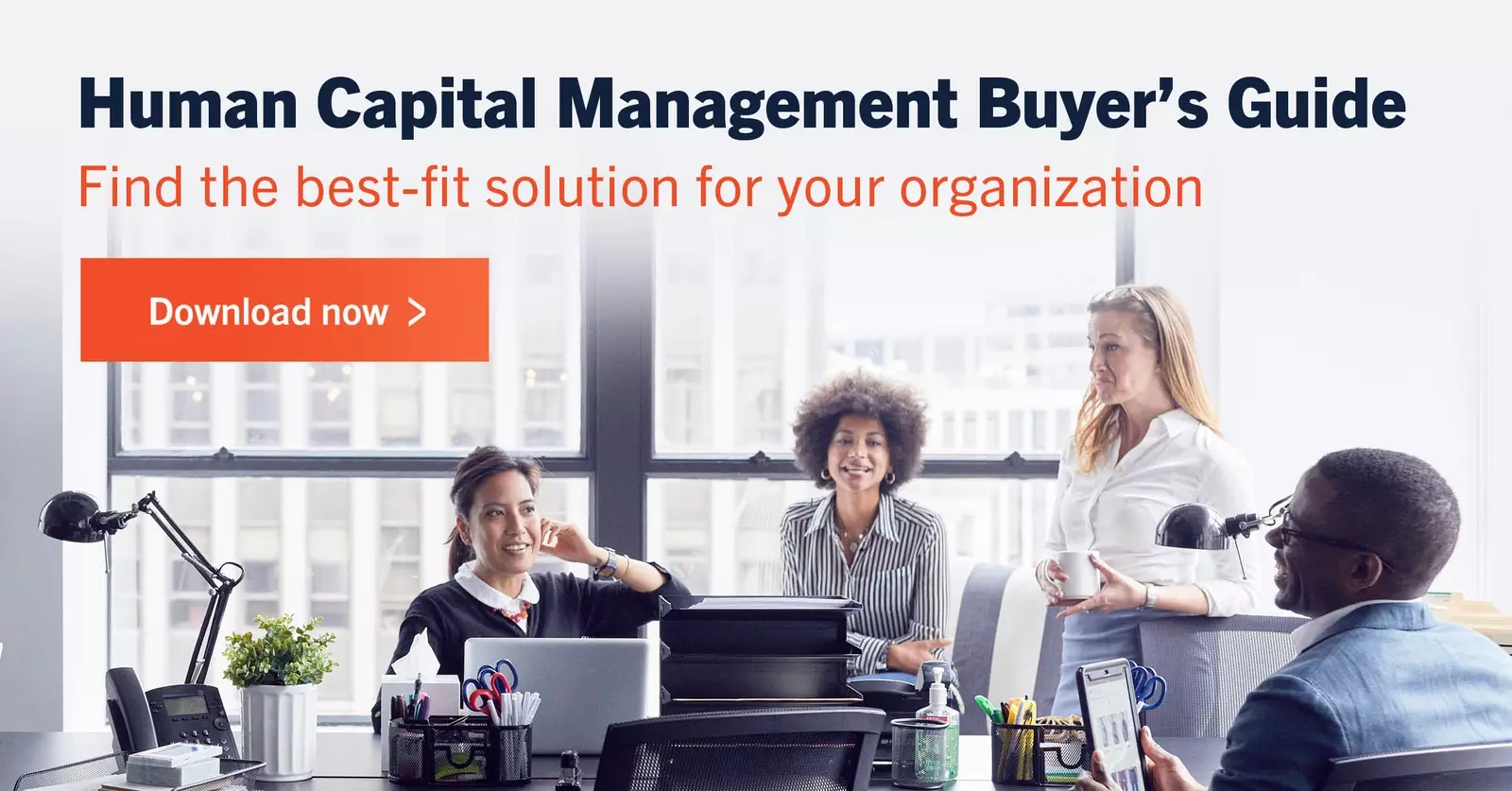Written in collaboration with Chas Fields, Sr. Partner, HCM Advisory Group, UKG.
Many HR leaders and practitioners get inundated with terms like strategic data, artificial intelligence, people analytics, and many others. It can be frustrating when we're told these areas should be our focus without any sense of how that will happen, or where all these activities will fit in our day-to-day.
Think of a time where you’ve been instructed to make an organizational or strategic change to your people processes — you pull the data and it looks like a foreign language, leaving you feeling a bit like Keanu Reeves when he gets told for the first time what "the Matrix" is.
So how do we take our HR data, determine what's achievable, and put the right people strategies into action? In this blog, we're going to do just that. Here are 3 focus areas that will help you take action:

1. Expectation vs. reality
Leaders everywhere need access to people data to help drive organizational and departmental success. The problem is that they don’t always have all the data needed when making decisions about the organization. This can be frustrating for executives, especially if data is missing, doesn't add value to their overall strategy, or doesn't provide a complete picture of key business areas. Executives expect to be able to gain insight easily and quickly into the entire organization, so they can address the needs of the business and reach their strategic goals.
When companies find themselves with a disconnect between what's expected out of data and what's available, HR professionals can help bridge the gap. A data strategy can help you identify how your people information is collected, stored, managed, and shared. These tips can help lay the foundation of your HR and payroll data strategy:
- Identify data needs that align with company goals and initiatives. Determine what's critical for leaders in different parts of your organization to keep track of.
- Discover where you have gaps in meeting those data needs. Determine if there's a way to close the gaps you find with your current HR systems and get the insights you need.
- Evaluate your HR technology and how quickly it can get you answers. Do you have to pull data from multiple systems? Are there inefficiencies or inaccuracies in your data that you'll have to address manually?
- Advocate for the right level of HR technology to meet your organization's data needs using the critical business issues your executives care about to get them on board.
As strategic partners in the organization, HR professionals need to drive technology initiatives that will transform the way executives look at data. A unified HR, payroll, talent, and time solution empowers leaders with insight needed to see what is happening with the business and their people to make timely and effective decisions.
2. Looking vs. seeing
Providing executives with data across multiple reports or in a single report is only part of gathering information. While reporting is a good first line of defense when it comes to measuring, monitoring, and alerting you to what's happening in the business, it is just the tip of the iceberg. HR needs a path to action from that data for it to be effective and deliver deeper meaning to the organization.
Analytics can answer questions that come to light from reporting, interpret information at a deeper level, and provide recommendations on actions. People analytics is crucial for executives to gain a clear view of their wider business data, proactively analyze trends that are happening with their people, and ensure they are capable of achieving their goals. Delivering the right data through real-time analysis of employee activity and automating that data’s delivery helps organizations plan and reach their strategic initiatives.
However, people analytics can’t exist in a vacuum. HR needs it to be integrated into day-to-day processes and displayed in the same place they manage most of their activities so they can intuitively move between seeing data and doing something about it.
3. Tasks vs. actions
While people analytics is a great way to monitor and provide insight into day-to-day activities, it shouldn’t be its own item on your to-do list. Analytics need to be rolled into your priorities and goals to make effective decisions on behalf of the organization. When you’re tackling recruiting, benefits, retention, operations, and other focus areas you should be using data to inform your decisions in those moments. This way it’s not a burden, it’s just part of your normal process. Your system should proactively serve up the data you need in those contexts.
A single HR solution with real-time analytics, artificial intelligence, and key performance indicators provides HR professionals with the tools they need to quickly analyze, predict, and diagnose areas of the business that need action. When HR has data that served up in this way, they can address potential roadblocks, proactively address issues before they have an impact, and be a strategic partner to the organization.
Conclusion: Small practical steps make people analytics more effective
These steps will take you some time. As you navigate your data, when you question its validity or output, have discussions with your people managers and those making day-to-day decisions to help you fully grasp where progress or improvements need to be made. When taking action, ask yourself “who will this impact and will it drive the organization forward?” If the answer is yes, celebrate the success. From there, monitor your decisions on a regular monthly or quarterly basis to ensure you stay on top of the trends to allow you to remain agile.
If you need more details on how your HR technology should be supporting your people analytics strategies, take a look at our buyer's guide. It will help you clearly see the ways the right solution reinforces the points we've discussed in this article and makes them possible to achieve.



